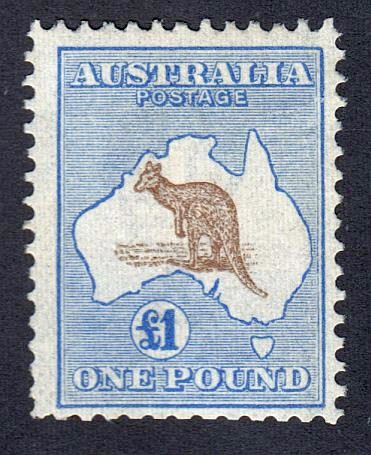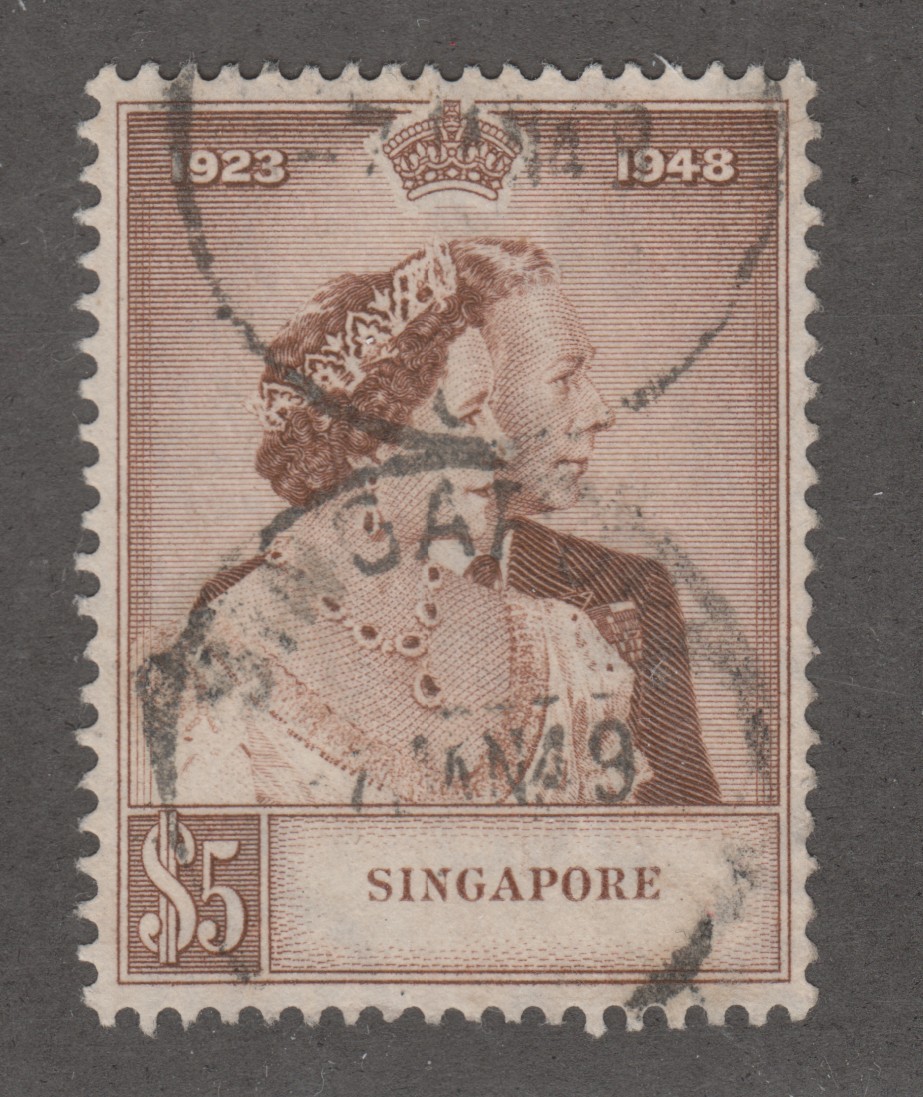
Discussion - Member to Member Sales - Research Center

Discussion - Member to Member Sales - Research Center

I've volunteered to write a "course syllabus" so we can impose some order on the workshops. I would appreciate your thoughts on just what we should be teaching. In other words, what do novice collectors need to know, from the ground up and in order of importance, from the ground up.
Our first meeting will concentrate on what seems to be the most basic need, information about stamp storage and display -- commercial albums, home-made album pages, on-line sources of album pages, stock books, stock sheets, stock cards, storage conditions (humidity, air circulation, light, etc.), stamp mounts, stamp hinges, etc. I'm going to ask members to bring to the meeting examples of all of the above.
Now the question, What is the next most-important topic? What comes in third place? Fourth? The possibilities seem endless. Recently, a new member asked what the little holes punched in an old Canadian stamp were. I explained perfins to him, and realized that talking about "little holes punched through stamps" could fill up an hour of discussion and display of examples. Another member asked why a stamp he had didn't have the name of a country on it. I explained that it was from Great Britain, and why it had no country name.
I'm excited about the possibilities of many interesting meetings coming up, but I would like to get your ideas on what beginning collectors must know before they start spending serious money.
Bob

Login to Like
this post
Bob,
i'll just wait here and you send me the topics and I'll order them for you.
But, just in case you actually want some ideas, too:
why the different stamp colors?
what is UPU and who cares?
The various printing processes. How can you tell the difference between a stamp printed on letterpress, engraved, lithographed, gravure. once that's done, then you could go into the various presses used (although if the eyes didn't glaze on processes, they're sure to glaze on presses)
types of paper
A history of the treaties between US and Canada relating to mails
How to study rates
Why philatelic literature is essential
the value of buying stuff you can't figure out (this makes great sense for cheap stuff)
Expertizing
Condition
Grade
Oxidization and other things that affect stamps
Domestic rates for PCs, PPCs, envelopes, etc. plus rates for special services

Login to Like
this post
Regarding the use of the term "oxidation", that is incorrect.
Ink pigments do not contain iron. Sulfurette occurs naturally on some older stamps printed in orange, yellow, green or brown. The ink colors were created by adding a lead chromate pigment to the formula. Over time, a stamp may be exposed to sulfide pollutants and the lead chromate pigment changes to lead sulfide (black), thus the discoloration.

Login to Like
this post
Thanks, Michael. I knew that, but had forgotten it! Sometimes I think I've forgotten more than I've ever known! Recently I googled something or other and found on some discussion board what seemed to be a very intelligent comment that would be useful, and then realized it was mine! :-)
Bob

Login to Like
this post
Hi Bob.
To be told about all the stamp parts I can remember and at the same time being told if different part are damaged it means this or that. And how stamps are made and the why. Watermarks was a big one. Some of my KGV revealed stuff at the beginning might be helpful for you. How history is recorded on stamps.
Just some of the things I can remember. All the best! KG5

Login to Like
this post
Bob:
...how to keep the fun and enjoyment and in stamp-collecting by keeping it a hobby. Once it transmogrifies into a business or investment it is not a hobby.
John Derry
As an aside: if interest wanes, I would also recommend not abandoning or getting rid of a stamp collection. I know from personal experience and first-hand knowledge that many have rediscovered their passion for the hobby in later years and were thankful they had kept their stamps.

Login to Like
this post
Perhaps a more fundamental issue you might like to cover... how you get hold of stamps in the first place: access to mail, kiloware, dealers, internet sites, trading.
Also how you identify stamps, and how you might distinguish face-identical stamps: country, year, set, face value, design, perf., wmk, ...
When you figure it out, could you post the list of topics (just a summary)?

Login to Like
this post

Starting in February, my stamp club, the BC Philatelic Society, is starting a monthly series of programs called "Philatelic Workshops". They are intended to teach novice collectors the ins and outs of collecting, and to inspire experienced collectors to broaden their knowledge and their interests.
I've volunteered to write a "course syllabus" so we can impose some order on the workshops. I would appreciate your thoughts on just what we should be teaching. In other words, what do novice collectors need to know, from the ground up and in order of importance, from the ground up.
Our first meeting will concentrate on what seems to be the most basic need, information about stamp storage and display -- commercial albums, home-made album pages, on-line sources of album pages, stock books, stock sheets, stock cards, storage conditions (humidity, air circulation, light, etc.), stamp mounts, stamp hinges, etc. I'm going to ask members to bring to the meeting examples of all of the above.
Now the question, What is the next most-important topic? What comes in third place? Fourth? The possibilities seem endless. Recently, a new member asked what the little holes punched in an old Canadian stamp were. I explained perfins to him, and realized that talking about "little holes punched through stamps" could fill up an hour of discussion and display of examples. Another member asked why a stamp he had didn't have the name of a country on it. I explained that it was from Great Britain, and why it had no country name.
I'm excited about the possibilities of many interesting meetings coming up, but I would like to get your ideas on what beginning collectors must know before they start spending serious money.
Bob

Login to Like
this post
Auctions
re: What do new collectors need to know?
Bob,
i'll just wait here and you send me the topics and I'll order them for you.
But, just in case you actually want some ideas, too:
why the different stamp colors?
what is UPU and who cares?
The various printing processes. How can you tell the difference between a stamp printed on letterpress, engraved, lithographed, gravure. once that's done, then you could go into the various presses used (although if the eyes didn't glaze on processes, they're sure to glaze on presses)
types of paper
A history of the treaties between US and Canada relating to mails
How to study rates
Why philatelic literature is essential
the value of buying stuff you can't figure out (this makes great sense for cheap stuff)
Expertizing
Condition
Grade
Oxidization and other things that affect stamps
Domestic rates for PCs, PPCs, envelopes, etc. plus rates for special services

Login to Like
this post

re: What do new collectors need to know?
Regarding the use of the term "oxidation", that is incorrect.
Ink pigments do not contain iron. Sulfurette occurs naturally on some older stamps printed in orange, yellow, green or brown. The ink colors were created by adding a lead chromate pigment to the formula. Over time, a stamp may be exposed to sulfide pollutants and the lead chromate pigment changes to lead sulfide (black), thus the discoloration.

Login to Like
this post

re: What do new collectors need to know?
Thanks, Michael. I knew that, but had forgotten it! Sometimes I think I've forgotten more than I've ever known! Recently I googled something or other and found on some discussion board what seemed to be a very intelligent comment that would be useful, and then realized it was mine! :-)
Bob

Login to Like
this post

re: What do new collectors need to know?
Hi Bob.
To be told about all the stamp parts I can remember and at the same time being told if different part are damaged it means this or that. And how stamps are made and the why. Watermarks was a big one. Some of my KGV revealed stuff at the beginning might be helpful for you. How history is recorded on stamps.
Just some of the things I can remember. All the best! KG5

Login to Like
this post
The past is a foreign country, they do things different there.
22 Jan 2012
01:59:27pm
re: What do new collectors need to know?
Bob:
...how to keep the fun and enjoyment and in stamp-collecting by keeping it a hobby. Once it transmogrifies into a business or investment it is not a hobby.
John Derry
As an aside: if interest wanes, I would also recommend not abandoning or getting rid of a stamp collection. I know from personal experience and first-hand knowledge that many have rediscovered their passion for the hobby in later years and were thankful they had kept their stamps.

Login to Like
this post

re: What do new collectors need to know?
Perhaps a more fundamental issue you might like to cover... how you get hold of stamps in the first place: access to mail, kiloware, dealers, internet sites, trading.
Also how you identify stamps, and how you might distinguish face-identical stamps: country, year, set, face value, design, perf., wmk, ...
When you figure it out, could you post the list of topics (just a summary)?

Login to Like
this post

